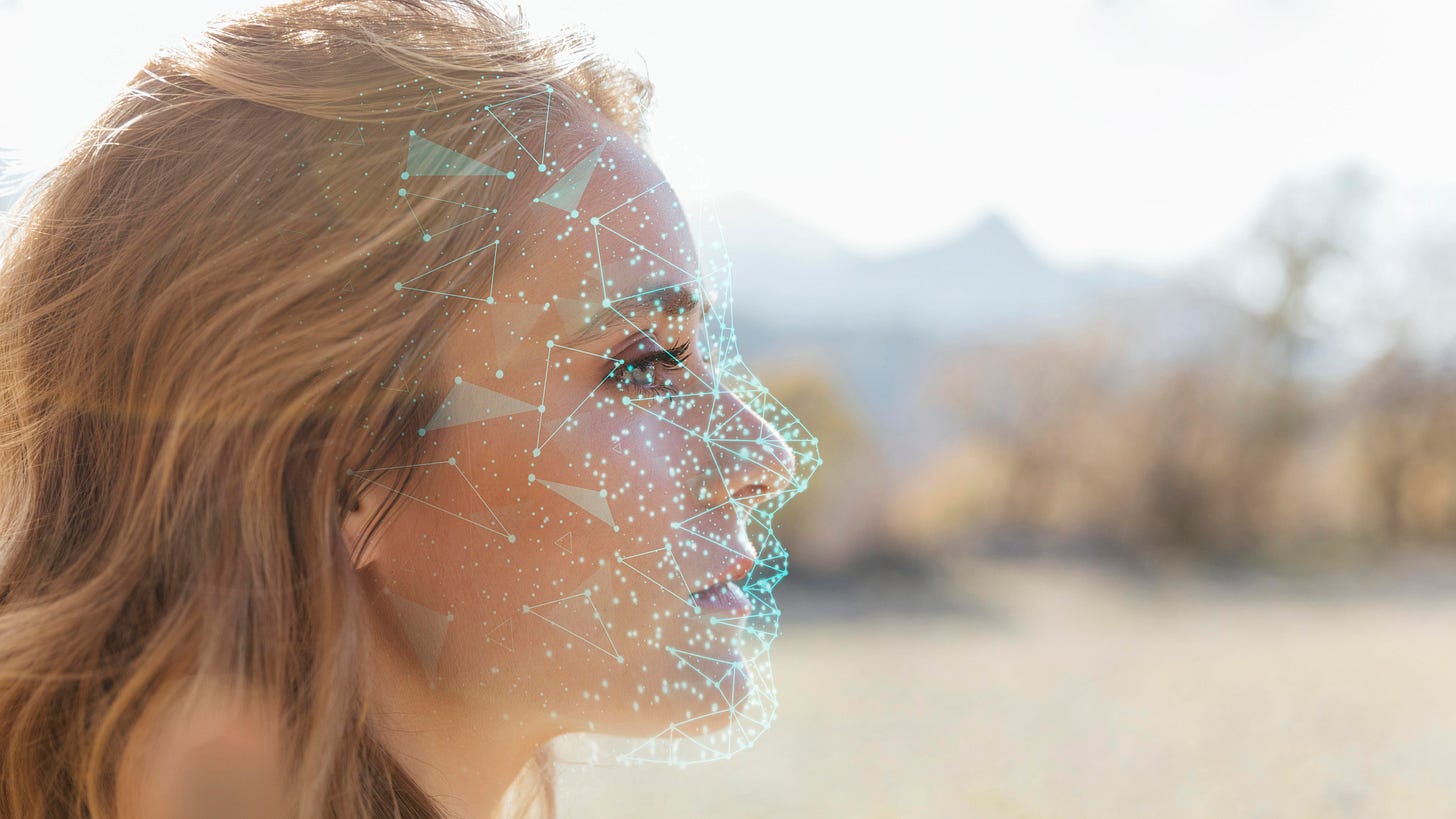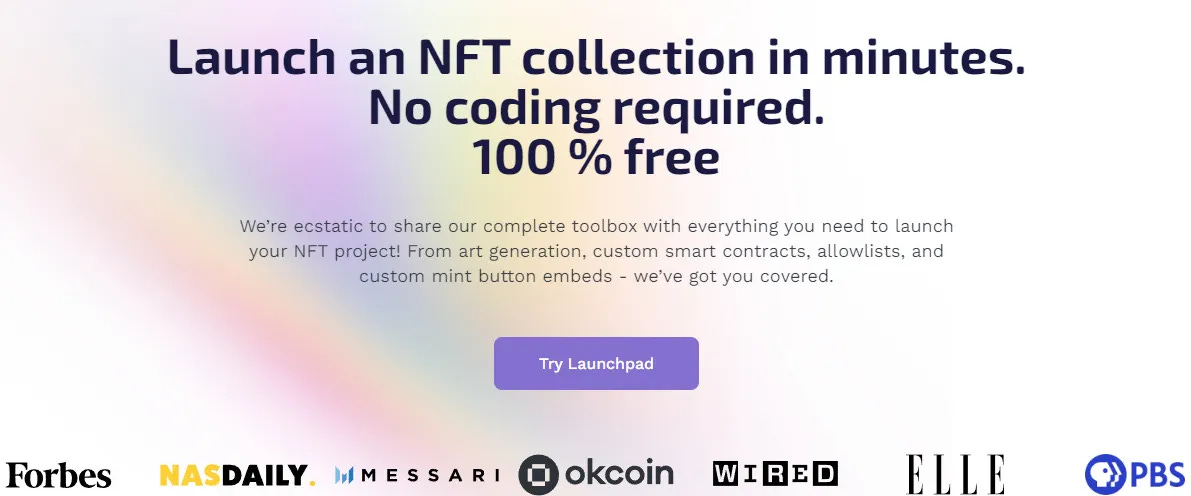Thanks for reading The NFTV Newsletter! Subscribe for free to receive new posts and support my work.
Are you still collecting or trading without security? The safest way to secure your assets is to use a hardware wallet. Get your Ledger now and stay safe 👇
In an era where technology continues to shape and redefine artistic expression, theVirtual models, created using advanced artificial intelligence (AI) technologies, are becoming a popular alternative to human models due to their ability to adapt to changing trends, provide cost-effectiveness, and cater to diverse customer preferences.
This does however, propose a challenge for the traditional modelling business.
AI fashion models possess an array of advantages, including the ability to work tirelessly, maintain consistency, and offer customizable appearances that align with specific brand aesthetics. With their growing influence and acceptance within the fashion industry, AI fashion models are reshaping the way fashion campaigns, runway shows, and advertising are executed.
Why It's Important:
From the Brand perspective
The emergence of AI fashion models represents a significant shift in the fashion industry. These virtual models address several challenges faced by the traditional modelling industry, making them an attractive choice for fashion brands. By leveraging artificial intelligence, brands can cut costs associated with model hiring, casting, and logistics.
Additionally, AI models can showcase collections across multiple platforms simultaneously, enhancing brand exposure and accessibility. Moreover, these virtual models provide a unique opportunity for inclusivity, as they can be programmed to represent a wide range of body types, ethnicities, and gender identities, fostering greater representation and diversity within the industry.
Furthermore, AI fashion models offer enhanced flexibility and adaptability, seamlessly adapting to changing fashion trends and customer preferences. Unlike human models, they can be easily customized to match the brand's desired look and style. This allows brands to experiment with different appearances and cater to various target markets, boosting their creative possibilities and market reach.
By utilizing AI models, fashion brands can create visually stunning and engaging content that captivates audiences.
From the Model Agency perspective
The advent of AI fashion models and the ability for brands to create and market their own avatars could potentially diminish some of the leverage held by model agencies.
Traditionally, model agencies have served as intermediaries between brands and models, providing a valuable network and expertise in casting and managing talent. However, with the rise of AI models, brands can directly create and customize their own virtual models, reducing the reliance on external agencies for certain activations.
By bypassing model agencies, brands can have greater control over their creative vision, tailor the avatars to specific brand aesthetics, and significantly reduce costs associated with agency fees. This shift in power could lead to a restructuring of the industry, with brands having more autonomy and flexibility in choosing and promoting models, potentially impacting the influence and relevance of traditional model agencies in the process.
However, while the rise of AI fashion models and the potential impact on model agencies is noteworthy, it is important to recognize that real-life experiences remain firmly in the hands of model agencies for the foreseeable future.
Human models bring a distinct quality to the industry through their lived experiences, personalities, and ability to physically interact with humans. Their unique perspectives, emotions, and presence bring depth and authenticity to fashion campaigns, runway shows, and events. The ability to convey genuine emotions, express subtle nuances, and forge a connection with the audience is a distinct advantage that human models possess.
The physicality of human models allows for tactile experiences, such as touch, movement, and physical presence, that enhance the overall impact of fashion presentations. While AI models may excel in certain aspects, the intangible qualities of human models and their ability to captivate and connect with people on a deeper level ensure that their role in the fashion industry remains indispensable.
The symbiotic relationship between real models and AI models is likely to persist, with each contributing their unique strengths to create compelling and engaging experiences.
Conclusion
The rise of AI fashion models is not merely a technological trend but a transformative force that is revolutionizing the fashion industry. It empowers brands to streamline operations, embrace diversity, and push the boundaries of creativity. As this technology continues to evolve and gain acceptance, it is likely to become an integral part of the fashion ecosystem, shaping the future of fashion campaigns, advertising, and customer experiences.
Meanwhile, it is crucial to acknowledge that real-life experiences remain firmly within the realm of model agencies for the foreseeable future. The unique qualities that human models bring, cannot be replicated by AI models (yet). The richness and authenticity that real models bring to fashion campaigns and events through their emotions, subtle nuances, and physical presence create a deeper connection with audiences. It’s up to model agenciesto look ahead at the potential threats and opportunities and create a business strategy to transition into this new world.
Thanks for reading, David Skilling.
Are You Looking to release an NFT project? I’ve partnered with HeyMint Launchpad. The most comprehensive no-code toolbox for creating your NFT collection. It’s 100% free for creators, great for independent artists and creative 10k PFP collections. Check it out.
Reach out to me on Twitter Instagram LinkedIn Facebook
Want to learn more about my day job? Check out Premier Mission
Disclaimer: None of the content provided by The NFTV should be considered advice. The thoughts and ideas presented are personal opinions and are for entertainment purposes only. You (and only you) are responsible for the financial decisions that you make, you should always do your own research as investing comes with risk. The ideas presented here are my opinions at the date of writing and may change in the future. Some of my articles contain affiliate links where I will make a small commission if you choose to make a purchase.







